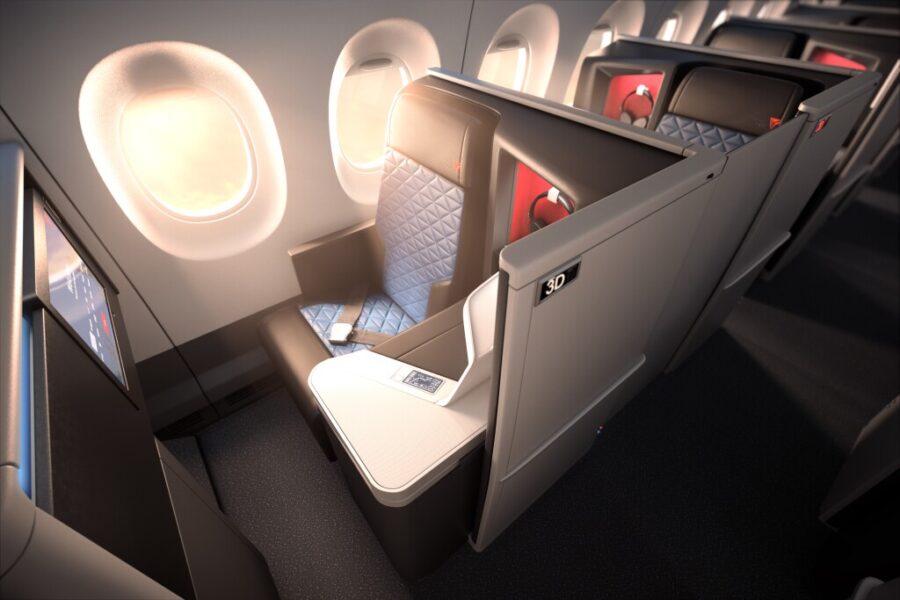Global Aircraft Seat Shortage Creates New Airline Bottleneck

A growing shortage of aircraft seats has become a major supply chain bottleneck, affecting airlines and manufacturers across the globe. What once seemed like a temporary pandemic-era disruption has evolved into a long-term constraint, slowing aircraft production, delaying fleet deliveries, and impacting airline growth strategies. Carriers such as Lufthansa, Air India, and American Airlines have all reported operational delays directly tied to the lack of available seating units—a problem compounded by soaring post-pandemic demand.
The root of the shortage dates back to 2020 and 2021, when airlines slashed orders for aircraft interiors amid historic declines in passenger traffic. Seat manufacturers responded by canceling programs, shutting down production facilities, and laying off skilled workers. Unlike other aircraft components, seats require extensive certification, specialized materials, and complex assembly that cannot quickly scale back up. Many suppliers still have not returned to pre-pandemic capacity, leaving a critical gap just as global air travel rebounds.
This mismatch between supply and demand has become increasingly pronounced. Industry projections for 2025 indicate a requirement for roughly 748,000 aircraft seats, driven by new aircraft deliveries, cabin retrofits, and fleet modernization programs. By 2030, that figure is expected to exceed 900,000 seats annually, underscoring the scale of the challenge. Narrow-body aircraft—especially the Airbus A320neo family and Boeing 737 MAX—represent a substantial portion of this demand as airlines expand short- and medium-haul networks.
For airlines, the consequences are immediate and costly. Delivery delays prevent carriers from launching new routes, expanding frequencies, and improving cabin products. For manufacturers, seat shortages slow final assembly, disrupt production slots, and undermine efforts to stabilize supply chains already strained by engine scarcity, parts delays, and labor shortages.
Seat suppliers, meanwhile, are racing to catch up. Many are reopening shuttered facilities, rehiring workers, and investing in automation to accelerate output. Some are also redesigning seats to use more standardized components, reducing certification timelines and easing production constraints. However, industry leaders warn that recovery will take years due to the rigorous safety requirements that govern all aircraft interior components.
As global air travel continues its strong recovery, aircraft seat availability has unexpectedly emerged as one of the aviation sector’s most significant bottlenecks. With demand for new and refurbished cabins rising sharply, airlines and manufacturers must navigate a constrained supply chain that shows little sign of easing in the near term.
Sources: AirGuide Business airguide.info, bing.com
